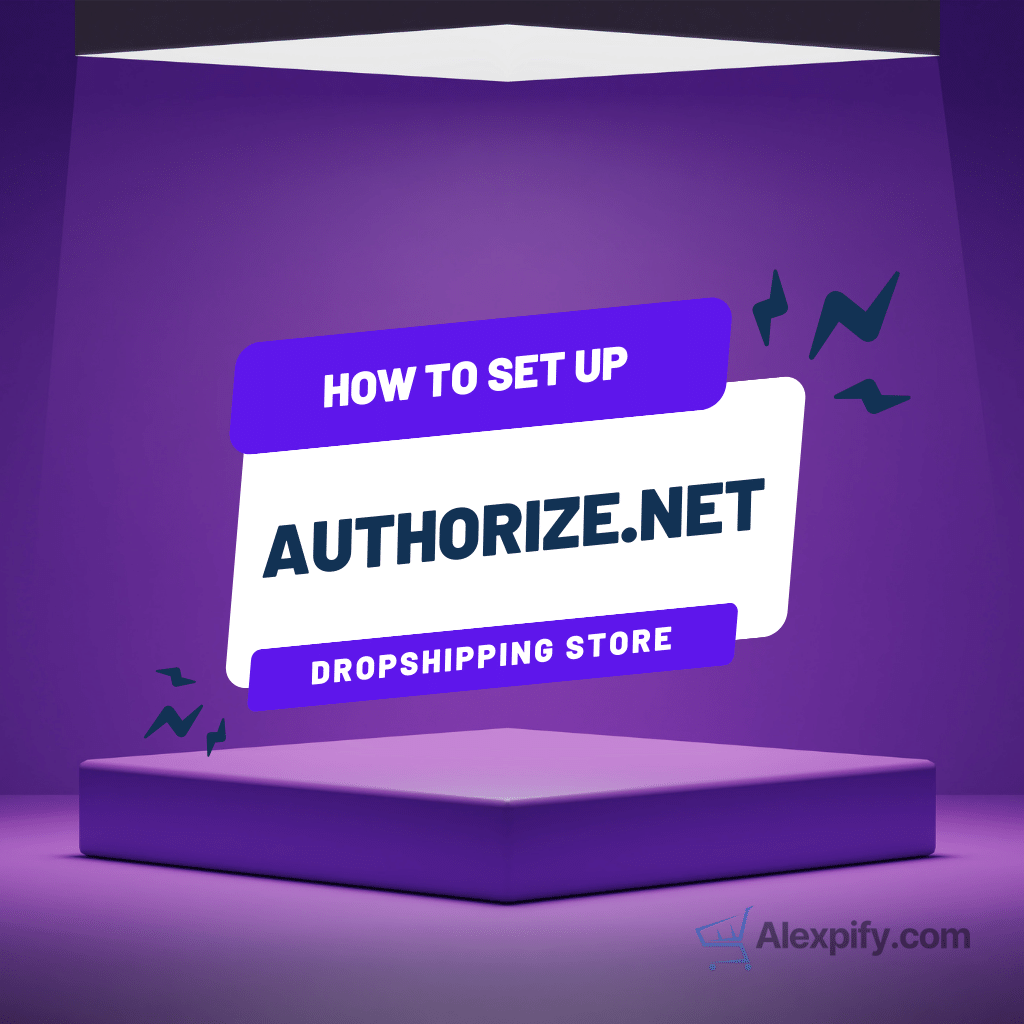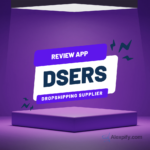Last Updated on July 10, 2024 by Alexpify
Dropshipping is a popular and profitable business model that allows you to sell products online without having to deal with inventory, warehousing, or shipping. Instead, you partner with a dropshipping supplier who handles these aspects for you. You only need to focus on marketing and customer service, while earning a margin from each sale.
However, finding a reliable and trustworthy dropshipping supplier is not an easy task. There are many factors to consider, such as product quality, shipping time, customer service, pricing, and more. Moreover, there are thousands of dropshipping suppliers out there, some of which may be scams or low-quality.
So, how do you find the best dropshipping suppliers for your niche and products? In this article, we will guide you through the steps of finding and choosing good dropshipping suppliers, as well as some tips and best practices to avoid common pitfalls and mistakes.
Step 1: Decide on Your Niche and Products
Before you start looking for dropshipping suppliers, you need to have a clear idea of what niche and products you want to sell. This will help you narrow down your search and find suppliers who specialize in your industry and target market.

A niche is a specific segment of a larger market, such as pet accessories, fitness equipment, or home decor. Choosing a niche is important because it helps you stand out from the competition, attract your ideal customers, and increase your chances of success.
To choose a niche, you need to consider the following factors:
- Demand: You want to sell products that have a high and consistent demand, meaning that people are searching for them and buying them online. You can use tools like Google Trends, Keyword Planner, or Amazon Best Sellers to find out what products are trending and popular in your niche.
- Profitability: You want to sell products that have a high profit margin, meaning that you can sell them for more than you buy them from your supplier. You also want to consider the shipping costs, taxes, fees, and other expenses that may affect your profitability. You can use tools like Shopify’s Profit Margin Calculator to estimate your potential profit for each product.
- Competition: You want to sell products that have low to moderate competition, meaning that there are not too many other sellers offering the same or similar products. You also want to avoid products that are dominated by big brands or platforms, such as Apple, Nike, or Amazon. You can use tools like SimilarWeb, Alexa, or SEMrush to analyze your competitors and their traffic, keywords, and strategies.
- Passion: You want to sell products that you are passionate about, meaning that you have an interest in or knowledge of your niche and products. This will help you create engaging content, connect with your audience, and provide excellent customer service.
Once you have decided on your niche, you need to choose the specific products that you want to sell. You can use tools like Oberlo, Spocket, or AliExpress to browse and import products from various dropshipping suppliers. You can also use tools like SaleHoo, Wholesale Central, or Worldwide Brands to find verified and reputable dropshipping suppliers for your niche and products.
Step 2: Research and Compare Dropshipping Suppliers
After you have chosen your niche and products, you need to research and compare different dropshipping suppliers that offer them. You want to find suppliers who can provide you with high-quality products, fast and reliable shipping, competitive pricing, and excellent customer service.

To research and compare dropshipping suppliers, you need to consider the following factors:
- Location: You want to find suppliers who are located close to your target market, meaning that they can ship your products to your customers quickly and cheaply. You also want to consider the customs regulations, taxes, and duties that may apply to your products depending on where they are shipped from and to. You can use tools like Easyship, ShipStation, or Shippo to calculate and compare shipping costs and options for different locations.
- Product range: You want to find suppliers who have a wide and diverse product range, meaning that they can offer you a variety of products in your niche and related niches. This will help you expand your product catalog, cross-sell and upsell your products, and increase your average order value. You can use tools like Niche Scraper, Ecomhunt, or Dropship Spy to find and analyze hot and trending products in your niche and related niches.
- Product quality: You want to find suppliers who have high-quality products, meaning that they are durable, functional, and appealing. You also want to check the product reviews, ratings, and feedback from other customers and sellers to verify the product quality and performance. You can use tools like Loox, Judge.me, or Stamped.io to collect and display product reviews and ratings on your website.
- Pricing: You want to find suppliers who have competitive pricing, meaning that they can offer you the best prices for your products without compromising the quality or service. You also want to compare the prices of different suppliers and negotiate for discounts, free samples, or bulk orders if possible. You can use tools like PriceYak, Sku Grid, or Informed.co to monitor and compare the prices of different suppliers and products.
- Customer service: You want to find suppliers who have excellent customer service, meaning that they are responsive, helpful, and professional. You also want to test their communication channels, such as email, phone, chat, or social media, and their response time, tone, and accuracy. You can use tools like Zendesk, Freshdesk, or LiveChat to manage and improve your communication with your suppliers and customers.
Step 3: Contact and Evaluate Dropshipping Suppliers
Once you have researched and compared different dropshipping suppliers, you need to contact and evaluate them before you start working with them. You want to establish a good relationship with your suppliers, verify their legitimacy and reliability, and clarify their terms and conditions.
To contact and evaluate dropshipping suppliers, you need to consider the following factors:
- Introduction: You want to introduce yourself and your business, explain your niche and products, and express your interest in working with them. You also want to be polite, professional, and respectful, and avoid spamming or harassing them. You can use tools like Grammarly, Hemingway, or ProWritingAid to check and improve your writing and grammar.
- Questions: You want to ask relevant and specific questions about their products, shipping, pricing, and customer service. You also want to ask for their policies, procedures, and requirements, such as minimum order quantity, return and refund policy, payment methods, and tracking information. You can use tools like Typeform, SurveyMonkey, or Google Forms to create and send surveys or questionnaires to your suppliers.
- Samples: You want to request and test samples of their products, especially if you are ordering large quantities or custom-made products. You also want to check the product quality, packaging, labeling, and shipping time and cost. You can use tools like Shopify, WooCommerce, or BigCommerce to create and manage your online store and orders.
- References: You want to ask for and check references from their previous or current customers or sellers, especially if they are new or unknown suppliers. You also want to check their reputation, credibility, and feedback on online platforms, such as Google, Facebook, or Trustpilot. You can use tools like Scamadviser, BBB, or Ripoff Report to detect and avoid scam or fraudulent suppliers.
Step 4: Choose and Start Working with Dropshipping Suppliers
After you have contacted and evaluated different dropshipping suppliers, you need to choose and start working with the best ones for your niche and products. You want to build a long-term and mutually beneficial partnership with your suppliers, optimize your product sourcing and fulfillment process, and monitor and improve your performance and results.
To choose and start working with dropshipping suppliers, you need to consider the following factors:
- Contract: You want to sign a contract or agreement with your suppliers, outlining the terms and conditions of your partnership, such as product specifications, pricing, shipping, payment, and dispute resolution. You also want to review and update the contract regularly, and resolve any issues or conflicts amicably. You can use tools like PandaDoc, DocuSign, or HelloSign to create and sign contracts or agreements online.
- Integration: You want to integrate your online store with your suppliers, automating the product sourcing and fulfillment process, such as product import, inventory sync, order placement, and tracking update. You also want to ensure that your integration is secure, reliable, and compatible with your platform and tools. You can use tools like Oberlo, Spocket, or AliDropship to integrate your online store with your dropshipping suppliers.
- Optimization: You want to optimize your online store and products, improving your SEO, design, and user experience, such as product titles, descriptions, images, categories, and reviews. You also want to optimize your marketing and sales, increasing your traffic, conversions, and retention, such as email, social media, ads, and loyalty programs. You can use tools like Google Analytics, Hotjar, or Optimizely to optimize your online store and products.
- Monitoring: You want to monitor your online store and products, tracking and analyzing your performance and results, such as sales, revenue, profit, and customer satisfaction. You also want to monitor your suppliers and products, tracking and analyzing their performance and results, such as product quality, shipping time, and customer service. You can use tools like Yaguara, DataBox, or Klipfolio to monitor your online store and products.
Conclusion
Like ace recruiters seeking ideal talent fits through rigorous qualification funnels, savvy ecommerce brands who strategically source suppliers using staged filtering processes uncover optimal partners for mutual ascent.
Rather than passively accepting any available factories willing to tolerate modest obligations, dropshipping enterprises must direct tighter evaluations confirming capabilities align long term.
The journey promises more beneficial with aligned sherpas to scale the mountainside trails ahead! We wish you only bluebird skies while charting your own peaks!
Please let us know any other supplier sourcing obstacles worrisome in comments below!








